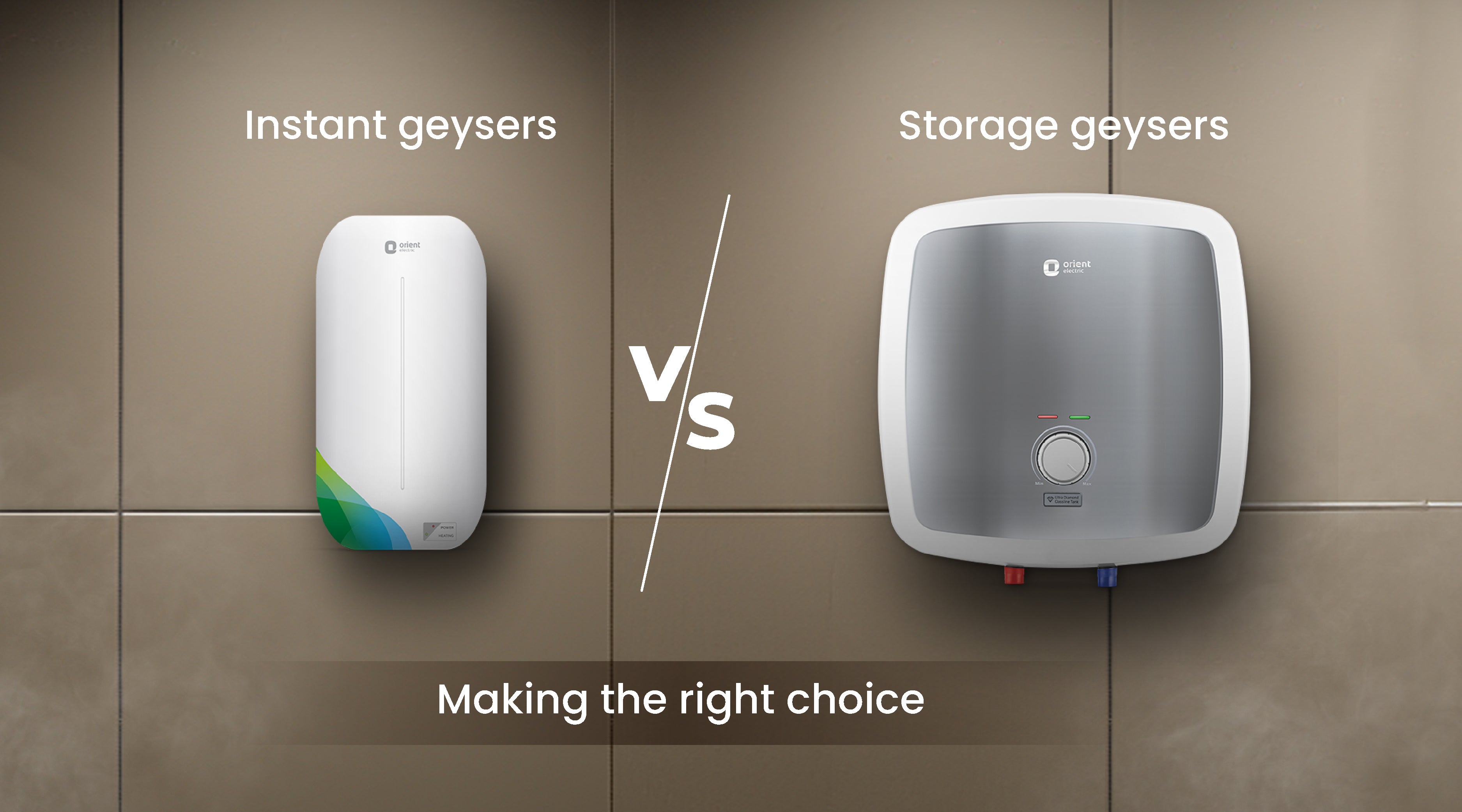Exactly how to Choose the Right Geyser to Take Full Advantage Of Energy Performance in your house
From recognizing the different types of hot springs, to reviewing their energy effectiveness rankings and thinking about placement technique, each choice plays an essential function in maximizing effectiveness. Allow's get started on this trip to discover exactly how to make the most enlightened selection for a geyser that will decrease your power costs while ensuring optimal performance.

Comprehending the Different Types of Geyser
While there are numerous types of geysers readily available on the marketplace, comprehending the differences between them is critical for energy performance (geyser sizes). The very first type, storage space geysers, are the most usual and store hot water in a container for use when needed. They are readily available in different capabilities and are usually energy-efficient, but they can shed warmth when not in use
The 2nd kind is the tankless geyser, which heats up water on demand, leading to less energy waste but requiring a greater first power draw. Solar hot springs utilize solar energy to heat the water, making them the most energy-efficient but also the most expensive.
Assessing Your Household's Warm water Demands
Before diving right into the acquisition of a geyser, it is critical to assess the warm water requirements of your home. This analysis must think about numerous variables consisting of the number of house members, frequency of warm water usage, and the variety of warm water outlets in the home (geyser sizes). A tiny family members with irregular warm water usage might need a smaller sized, much less powerful geyser contrasted to a larger family members with several day-to-day warm water needs
The kind of appliances that call for warm water additionally play a considerable duty. Dishwashing machines and cleaning makers, for example, may call for more warm water than an easy shower or cooking area sink. Certain tasks such as bathing or cleansing additionally influence the regularity and quantity of hot water needed.
Reviewing Energy Performance Ratings of Geyser
Having examined the warm water needs of your family, it is very important to turn your interest to the power efficiency scores of hot springs. These ratings, typically offered as Power Factor (EF), suggest a hot spring's overall energy performance based upon the amount of hot water created each of fuel taken in over a normal day. The greater the EF, the more effective the hot water heater.

Considerations in Geyser Size and Positioning
Beyond power performance rankings, the dimension and positioning of your geyser are vital aspects to consider. The dimension of the geyser need to straighten with your house's warm water requirements. A little geyser may use much less power however may not offer enough warm water for numerous uses at the same time, whereas a larger device can fulfill higher demand but may consume even more power.
Geysers should be mounted close to points of usage to reduce warmth loss throughout water transportation. In addition, taking into consideration thermal insulation, a hot spring located in a warmer location loses much less warm and therefore utilizes much less energy to keep the water temperature.
Price Analysis: Stabilizing Initial Financial Investment and Long-Term Savings
While dimension and placement undoubtedly play considerable roles in a geyser's power efficiency, one need to not overlook the monetary facet. When considering the first investment, the price of energy-efficient hot springs can be greater than conventional versions. The raised in advance expense can be visit the site countered by long-term energy cost savings, making it a rewarding financial investment in the long run (geyser sizes).
Examining lasting financial savings requires an understanding of the geyser's energy score. A home appliance with a greater ranking will certainly consume less energy, equating to lower utility expenses with time. Federal government motivations and discounts for energy-efficient devices can additionally aid redeem first prices.
Ultimately, upkeep and life-span should be factored in. Energy-efficient hot springs often have longer lifespans and reduced upkeep prices, adding to general cost savings. As a result, when balancing preliminary investment and visit the website long-term savings, useful link one need to take into consideration not just the acquisition cost but also energy intake, federal government motivations, and maintenance expenses.

Final thought
These include understanding the kinds of geysers, assessing your house's hot water needs, assessing power efficiency rankings, and determining cost advantages. The best geyser dimension, placement, and insulation can significantly lower energy bills and environmental effect.